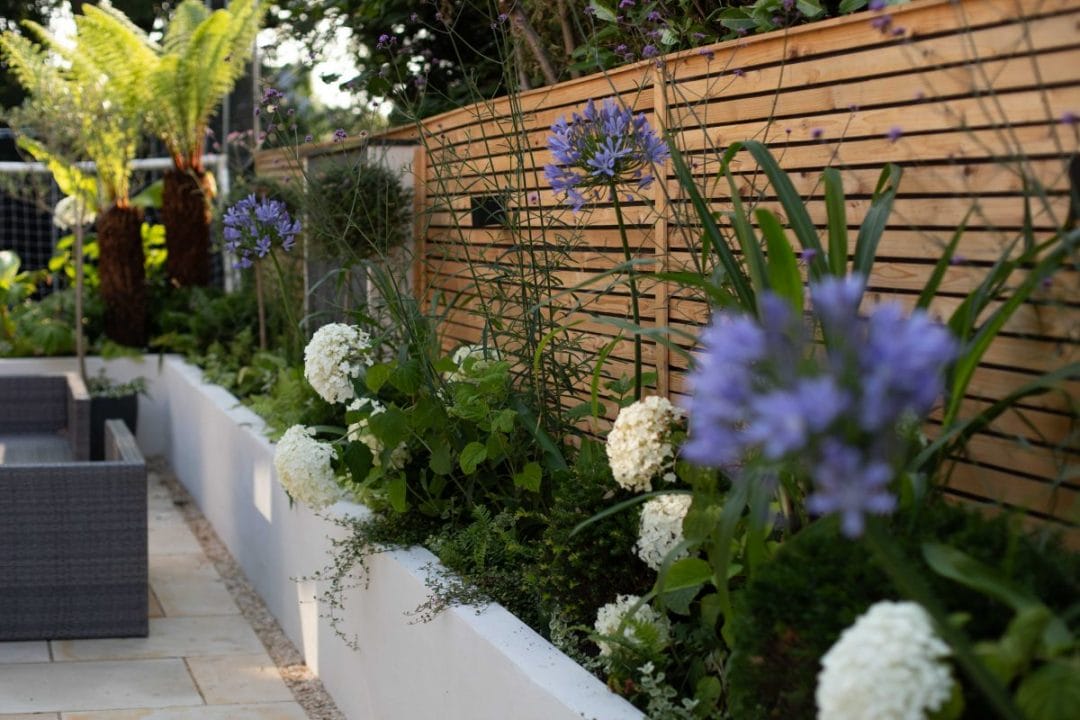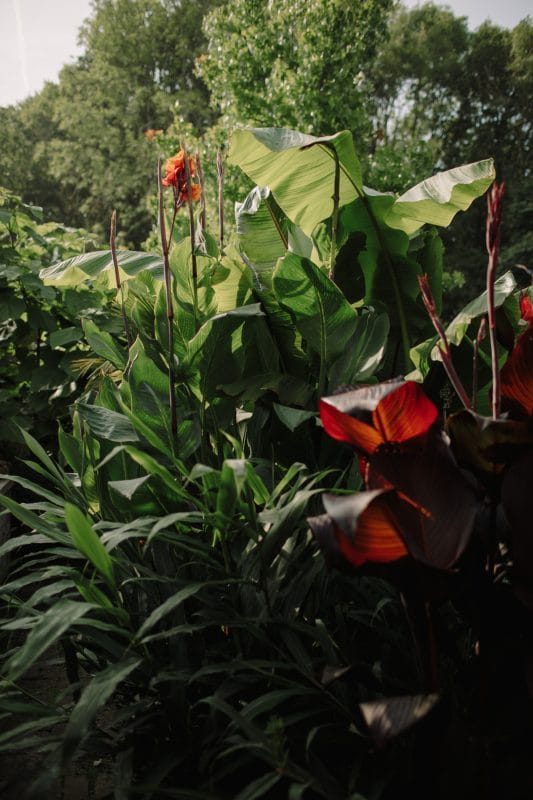When it comes to creating a beautiful garden, colour is one of your most powerful tools. The right palette can soothe the senses, energise a space, or make even a small patch of land feel like a curated sanctuary. Just like in art and interior design, a well-chosen colour scheme can bring harmony, mood and cohesion to your garden. Here’s how to work with colour palettes that bloom beautifully together.
1. Start with a Vision: What Mood Do You Want to Create?
Colour has a language of its own. Before picking out plants, ask yourself what kind of feeling you want your garden to evoke.
-
Peaceful retreat? Think soft pastels, cool blues, gentle lavenders and pale greens.
-
Vibrant and energetic? Lean into hot colours like fiery reds, oranges and yellows.
-
Romantic and dreamy? Try dusky pinks, creamy whites and shades of mauve.
-
Natural and rustic? Go for earthy tones—rust, deep green, ochre and faded terracotta.
Once you’ve identified the mood, the palette can begin to take shape.


2. Stick to a Colour Scheme
Just like decorating a room, using a consistent scheme helps everything flow. Here are a few garden-friendly palettes to inspire:
a. Monochromatic Magic
Choose one colour and use it in varying shades and tones. A garden of all purples, for example—lavender, salvia, alliums and verbena—can feel serene and elegant.
b. Analogous Harmony
Pick colours that sit next to each other on the colour wheel, like blue, blue-violet and violet. These combinations feel natural and soothing, especially when softened with green foliage.
c. Complementary Contrast
For a bold, striking look, use colours opposite each other on the wheel—like yellow and purple, or red and green. Just be mindful of balance; too much contrast can feel chaotic.
d. Neutral & Accent Combo
A base of greens, whites, or silvers with pops of one or two bright colours (think coral peonies or cobalt delphiniums) creates structure with a dash of surprise.
3. Consider Seasonal Shifts
A harmonious garden evolves with the seasons. Plan for a palette that flows through the year:
-
Spring: Soft pinks, fresh greens, yellows.
-
Summer: Rich purples, bold reds, saturated blues.
-
Autumn: Amber, burgundy, gold.
-
Winter: Silvery foliage, berries, evergreens.
This seasonal choreography keeps your garden visually interesting all year long.


4. Foliage Matters
Don’t underestimate the colours of leaves. From silvery lamb’s ear to deep burgundy heuchera, foliage adds depth, texture and year-round interest. Use it to fill gaps or contrast with flowering plants.
5. Blend with Your Environment
Your house, nearby landscapes and even garden furniture play a role. A white-painted cottage might look dreamy with pastel blooms, while a modern, minimalist house might suit a restrained palette of greens and whites with architectural plants.
6. Let Nature Surprise You
Sometimes, the most delightful combinations happen by chance. A self-seeded wildflower or a volunteer bloom from last year’s planting might just complete the palette in a way you didn’t expect. Leave room for those surprises—they’re part of the magic.
READ MORE

